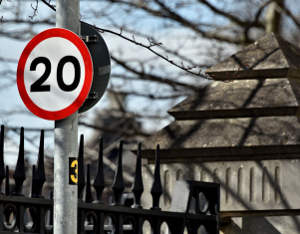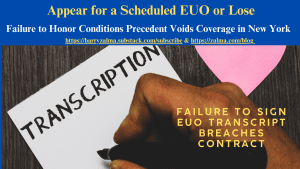Local Authorities To Take Control Of Traffic Regulations

UK Transport Secretary Louise Haigh recently announced that decisions surrounding traffic calming measures, road safety initiatives, and the implementation of 20mph speed limits should be handled by local authorities rather than central government.
According to Haigh, the private and motor trade drivers in local communities are best suited to decide which measures will be most effective for their region.
In an interview on the ‘Streets Ahead Podcast’, Haigh highlighted that local authorities have expressed their full support for this shift in decision-making. Traffic calming strategies like Low Traffic Neighbourhoods (LTNs) aim to reduce vehicle congestion in residential areas, making roads safer and more accessible for pedestrians and cyclists. Similarly, introducing 20mph speed limits is designed to enhance road safety.
While both LTNs and reduced speed limits have faced criticism in recent years, Haigh emphasised the need to move beyond divisive debates and focus on building a road network that works for everyone.
LTNs: Effective or Controversial?
Earlier this year, it was revealed that nearly 7.5 million penalty tickets were issued to drivers in London in 2022, a significant increase primarily driven by the implementation of LTNs and new school street rules. Transport for London (TfL) data shows the number of fines surged compared to 2020, over a 40% rise, with fines reaching up to £160.
Despite the controversy surrounding LTNs, many consider them successful. A report from the Centre for London confirmed their effectiveness, noting that while LTNs are not without their challenges, particularly for private and motor trade drivers, they play a crucial role in reducing private car use and creating healthier, safer streets. The report concluded that LTNs are a key part of the solution, but not the only one, in rethinking urban transport.
Mixed Results for 20mph Speed Limits
In Wales, a recent analysis of roads where 20mph speed limits were introduced shows mixed results. According to a study by independent transport consultancy Agilysis, the average speed reduction of all new and used vehicles was just 2.3mph one month after the new limits were implemented. The average speed dropped by 3.1mph in the first week,, but this decline lessened over time.
The introduction of 20mph speed limits in Wales has sparked significant public debate, with a petition calling for the cancellation of the scheme submitted on the Welsh Government’s website. The study, which analysed data from over 10,000 vehicle movements, found that drivers were not consistently adhering to the new limits.
Transport Secretary Louise Haigh commented: “It’s really, really difficult for local authorities when they’ve not got that air cover from government. And not only did they not have the air cover, they had the government actively working against them saying ‘No, you’re not allowed to roll out 20mph zones, no, you’re not allowed to roll out LTNs’.
“Those kinds of decisions should absolutely be made at a local level by communities and not dictated to or stoked up by the centre.

“It all has to be done with communities, absolutely, and the worst thing you can do is put the wrong schemes in because then it erodes that support, and they can be unsafe in some circumstances.”
“We’re certainly not shying away from the target of getting 50% short journeys walking and cycling and that will have to be delivered by local authorities, so anybody who wants to do that work, they’ll have the Department for Transport’s full backing.”
While these findings highlight the challenges in changing driver behaviour, the debate continues how best to improve road safety and reduce traffic in both urban and rural areas, insurance providers will be listening intently.
With local authorities now leading the way in implementing traffic calming and safety measures, the focus will remain on creating safer, more accessible roads while balancing the concerns of motorists and residents alike.







